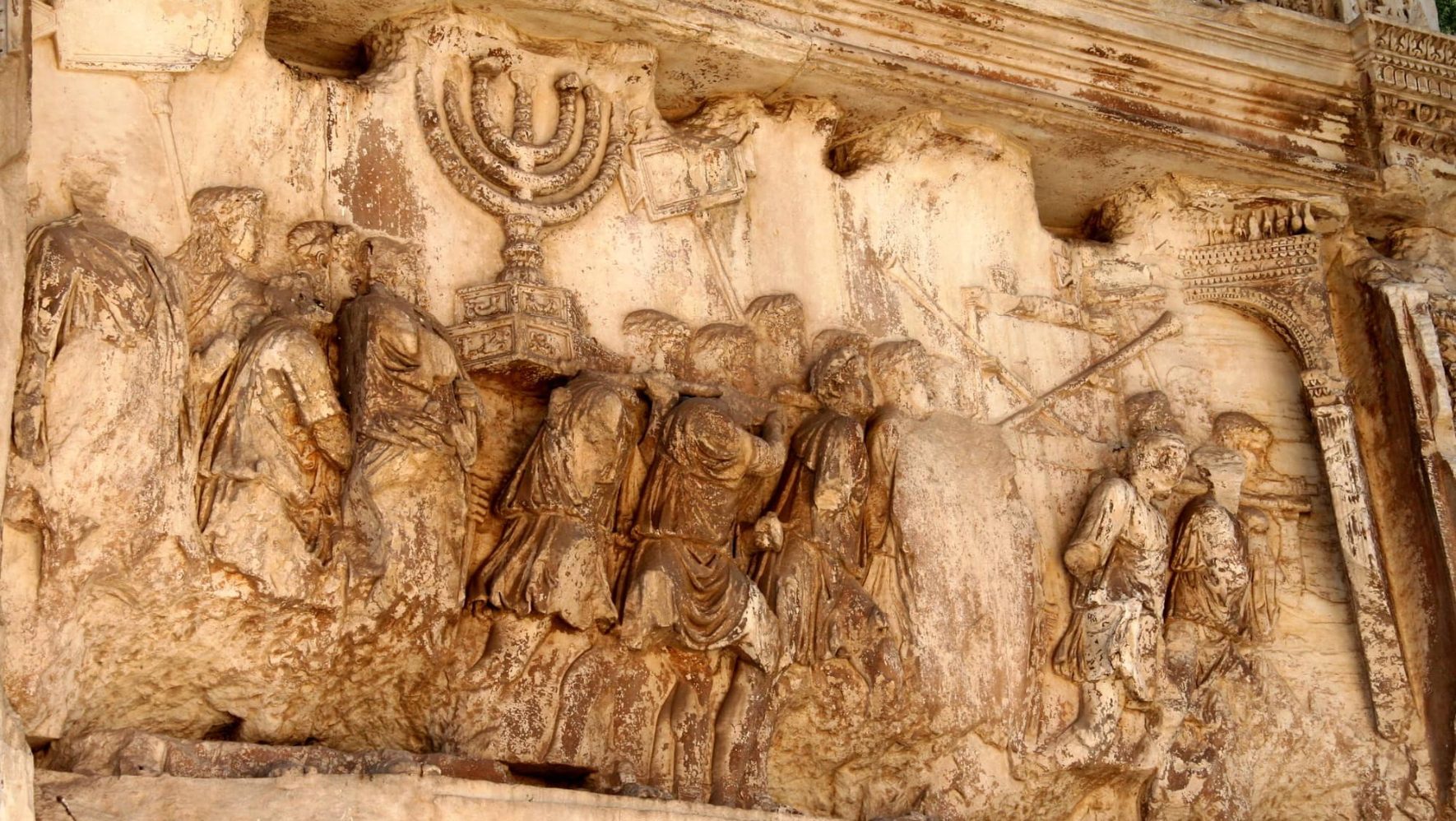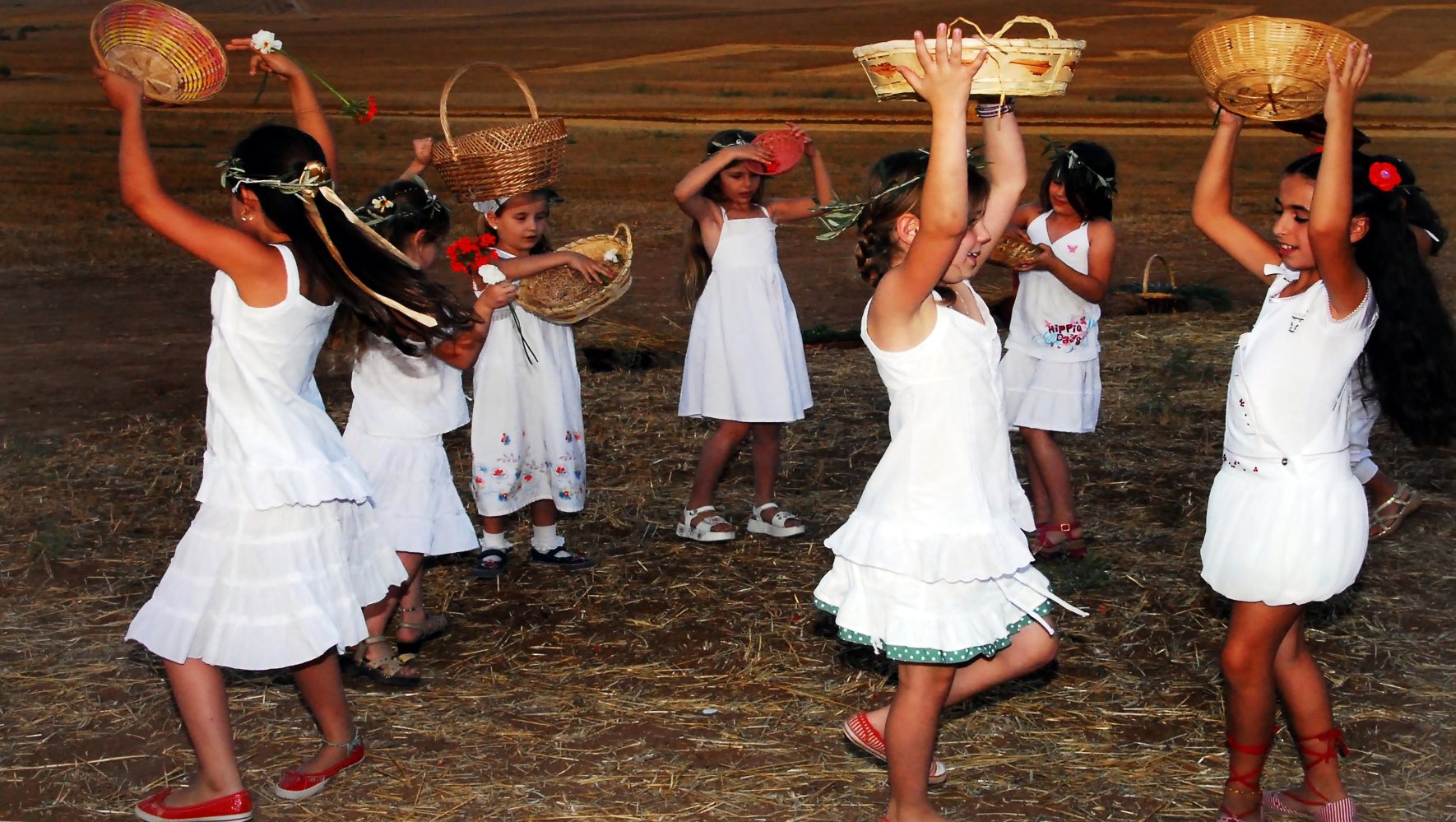Celebrating Liberty and Taking Action for Passover
By Isaac S. Flegel-Mishlove, Refugee Policy Intern
Mar 31, 2015
With over 16 million refugees worldwide—51 million if we include internally displaced persons—and international crises escalating, Passover this year will be a time to celebrate freedom, yes, but also a time for serious reflection, critical discussion, and demonstrations of solidarity. This year, as with every Passover, we must remember our history and recommit to protecting those who flee persecution today.
As we sit around the Seder table, we are meant to relive our experience as a refugee people fleeing Egypt for safer lands. Despite plague after plague, Pharaoh in Egypt hardened his heart against the Hebrews. This is reminiscent of the hardships that refugees experience today: loss of loved ones, loss of work, and loss of home. Similarly, Pharaoh’s false promises remind us of today’s impossibly frustrating resettlement process, the vortex of document expirations, and bureaucratic procrastination.
“Love the stranger” and “Redeem the captive” are two important Jewish values. But they’re so much more than that. They are in our bones and in our history. This is a history that we must continue to transmit, from generation to generation, Dor l’Dor.
With your children, your family and friends gathered together, encourage activism with the midrash of Nachshon. In this story, perhaps the most harrowing chapter of the Israelites’ Exodus, the refugees led by Moses arrived at the edge of the Red Sea closely chased by their Egyptian oppressors. Terrified by the obstacle ahead of them, many begged Moses to lead them back to slavery rather than risk their lives crossing the sea. As the tribes prayed for a miracle, one brave soul, Nachshon, decided to risk it all to escape persecution, quite literally to “take the plunge.”
He entered the water, wading deeper and deeper, water covering his waist, then his shoulders, and finally his mouth; water swirled over his head and all hope seemed lost, when G-d said to Moses: “Turn around and look at what Nachshon has done! While you pray, he has taken action!” It was only then that Moses held up his staff and G-d parted the sea.
Nachshon’s actions are meaningful to us in two ways. First, they represent the courage and strength of refugees around the world who today traverse the scariest and most desperate circumstances to escape persecution. Second, Nachshon’s example compels us to take action.
One great way to kick-start this activism is by sharing this reading by Rabbi Jennie Rosenn, HIAS’ VP of Community Engagement, with your Seder guests. As you recall the persecution our ancestors experienced in Egypt, and their flight to freedom, take time to reflect with your loved ones on the 16 million refugees around the world today. What action can you take to help them?


